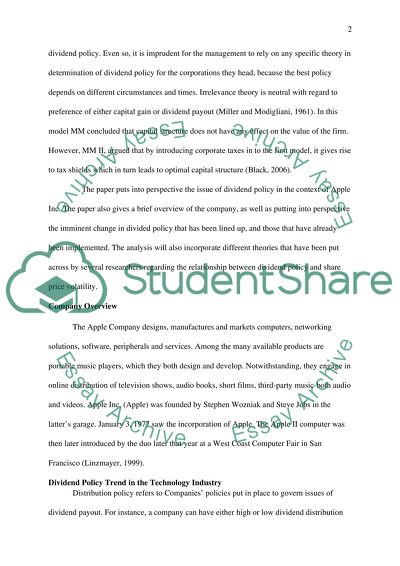Cite this document
(“Carry out your own research to find a non-financial firm that changed Essay”, n.d.)
Retrieved from https://studentshare.org/finance-accounting/1490170-carry-out-your-own-research-to-find-a-non
Retrieved from https://studentshare.org/finance-accounting/1490170-carry-out-your-own-research-to-find-a-non
(Carry Out Your Own Research to Find a Non-Financial Firm That Changed Essay)
https://studentshare.org/finance-accounting/1490170-carry-out-your-own-research-to-find-a-non.
https://studentshare.org/finance-accounting/1490170-carry-out-your-own-research-to-find-a-non.
“Carry Out Your Own Research to Find a Non-Financial Firm That Changed Essay”, n.d. https://studentshare.org/finance-accounting/1490170-carry-out-your-own-research-to-find-a-non.


